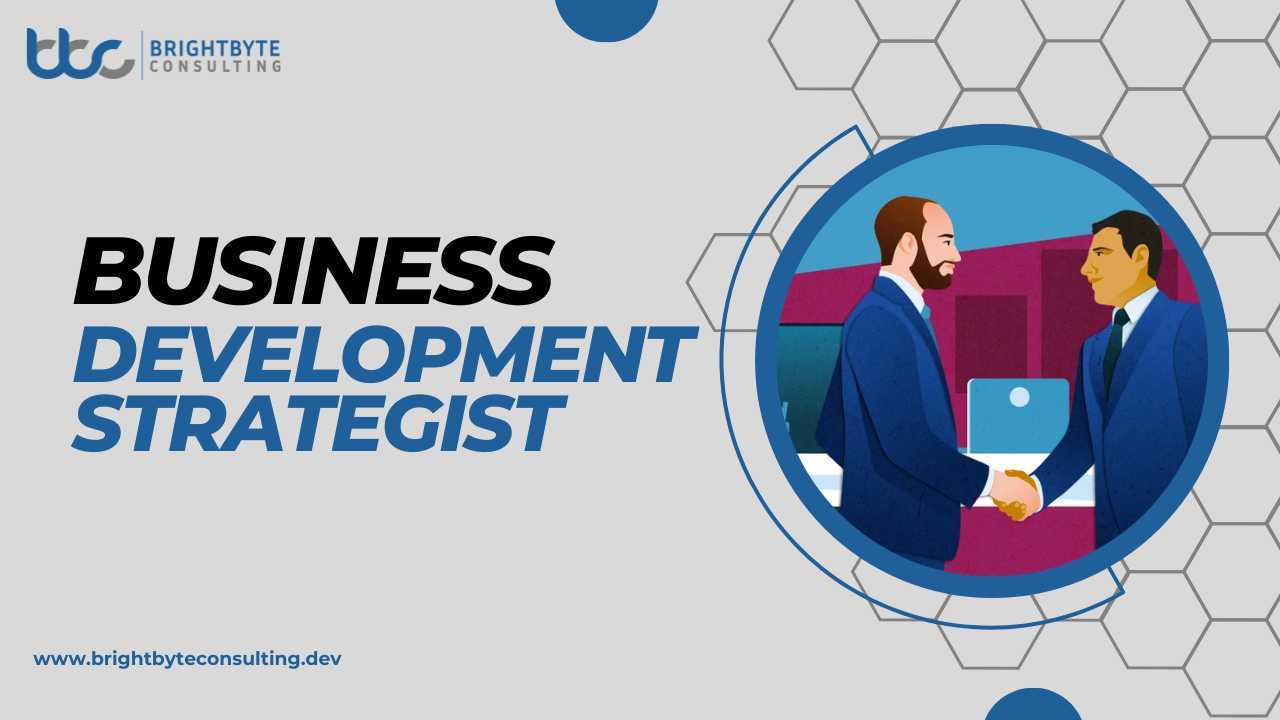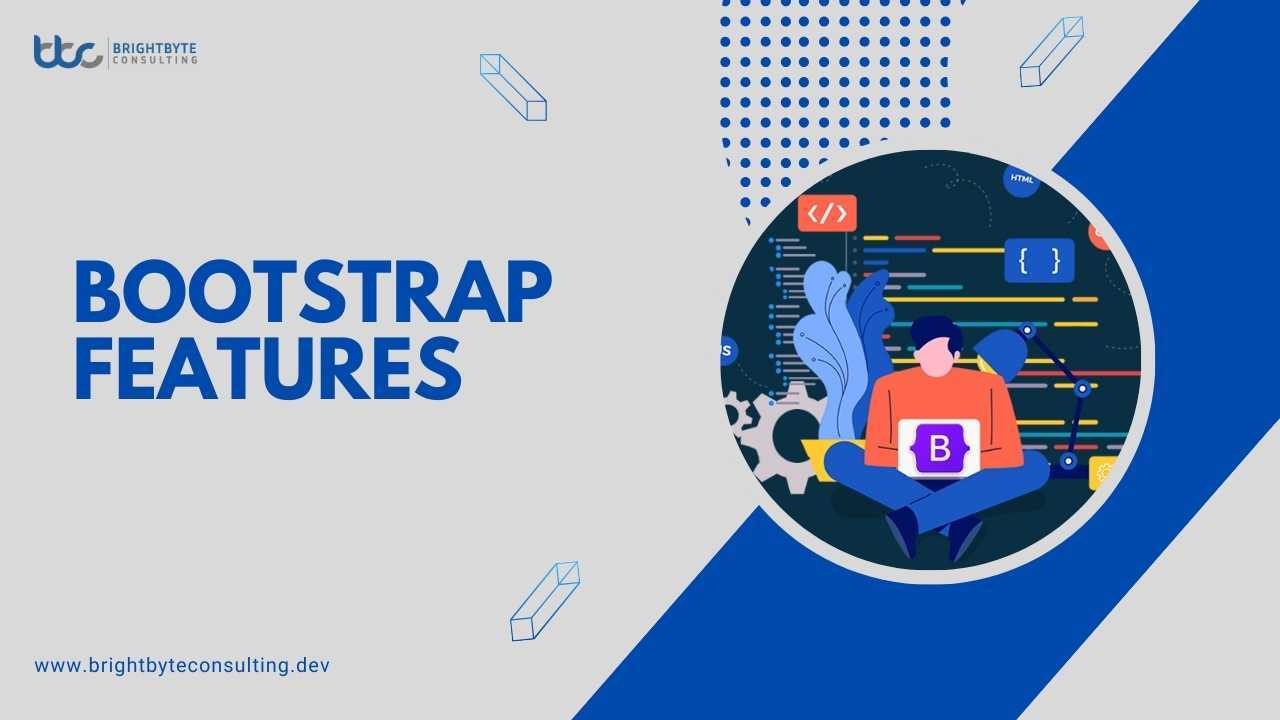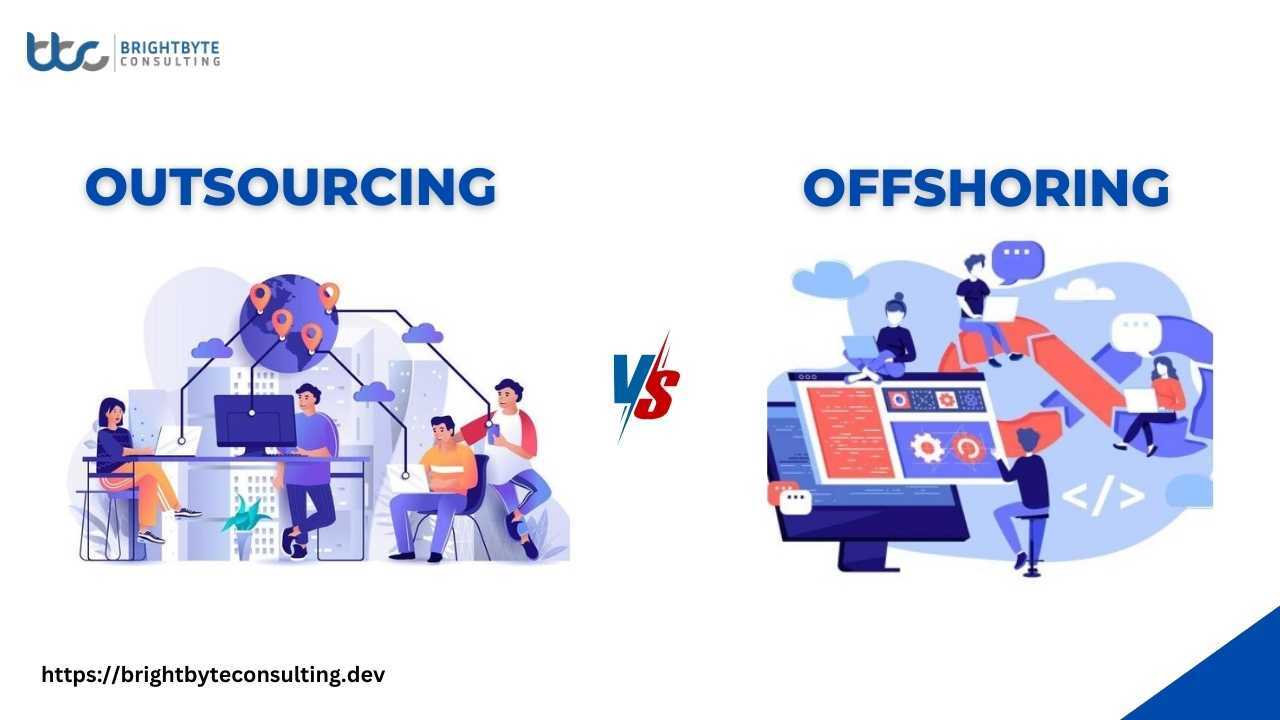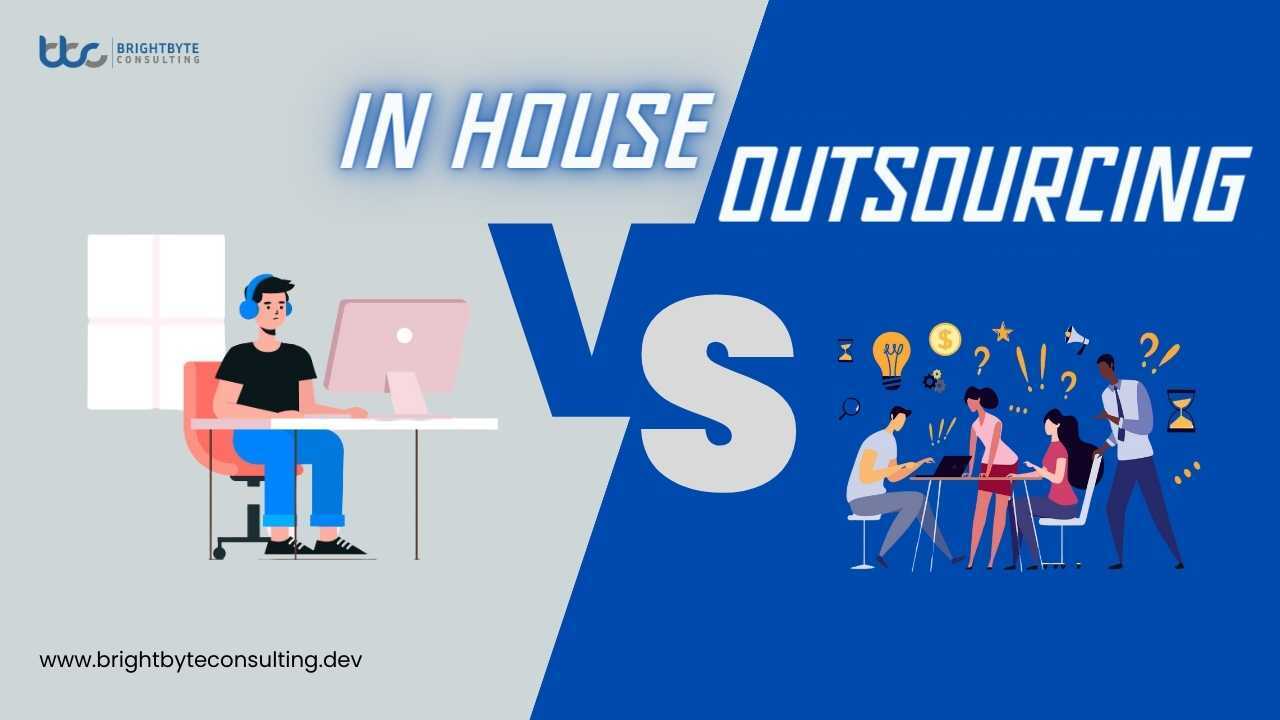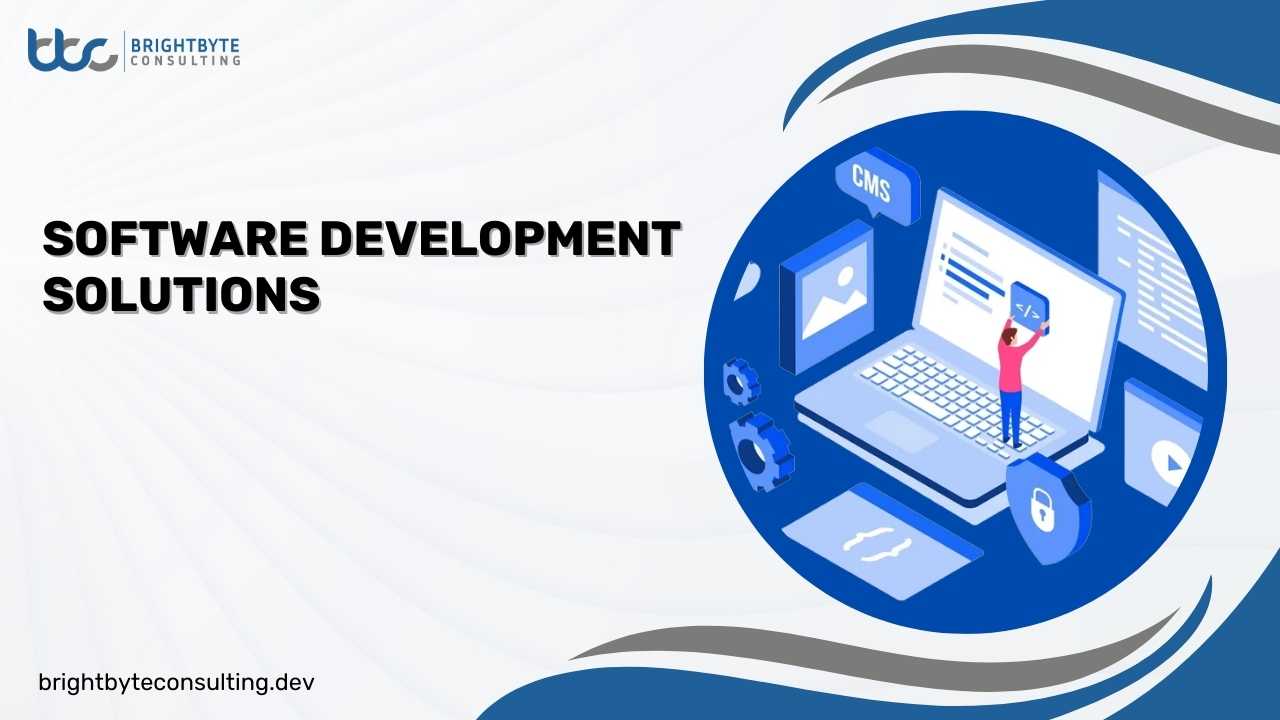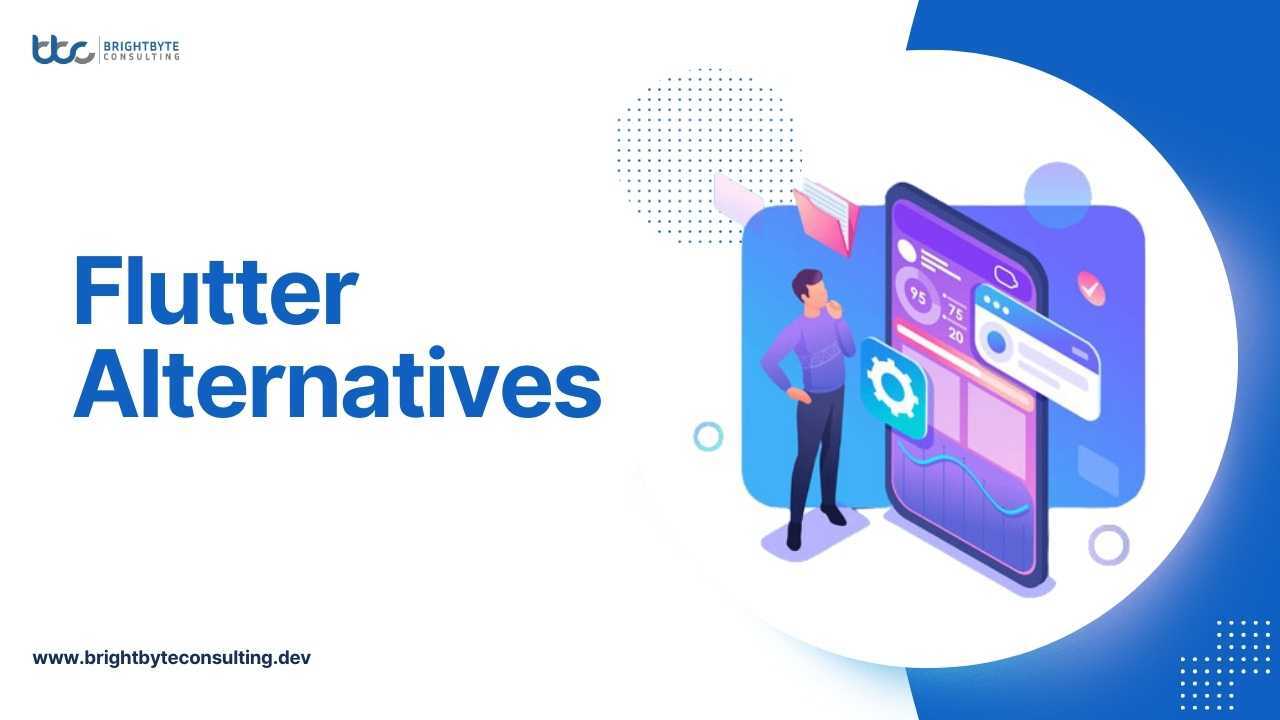Nonprofit groups need to tell people about their cause, and one way to do that is with content marketing. This means creating interesting stuff like articles or videos to get people interested and involved. Good content can also help build trust with new supporters. Basically, content is super important because it helps nonprofits show they know their stuff, connect with people, and get noticed online.
What Is Content Marketing?
Content marketing means creating and sharing helpful stuff to connect with people who might be interested in what you offer. Instead of just trying to sell stuff, you give people useful information to solve their problems at work or in their daily lives. To do it right, you need a plan, but it doesn’t have to be hard to make.
7 Steps To Develop a Content Marketing Strategy
Determine Your Content Marketing Purpose
- Understand why you’re doing content marketing.
- Define your target audience and goals.
- Lay the foundation for your content strategy.
Know Your Audience
- Use data to learn about your audience.
- Create content based on audience interests and needs.
- Aim to educate and engage your audience.
Define Key Performance Measures
- Set goals for your content.
- Measure success to improve your strategy over time.
- Ensure goals align with each other.
Assess Your Existing Content
- Evaluate types and distribution of current content.
- Determine resources spent on content creation.
- Identify strengths and weaknesses to inform improvements.
Align Content with Audience Questions
- Connect your message with audience queries.
- Guide consumers through their journey.
- Demonstrate understanding and appreciation for audience needs.
Identify Content Distribution Channels
- Choose channels to optimize engagement.
- Implement omnichannel strategies.
- Incorporate both online and offline channels.
Develop a Content Calendar
- Plan content creation and distribution.
- Assign responsibilities and deadlines.
- Remain flexible to adapt to changes.
5 C’s Of Content Marketing
To succeed in content marketing, you need to understand the 5 C’s: Clarity, Conciseness, Compelling, Credible, and Call to Action.
Clarity
In content marketing, clarity is paramount. It’s about ensuring that your message is easily understood by your audience. This means avoiding complex language and jargon that might confuse them. Instead, aim to convey your ideas in a straightforward and clear manner, allowing your audience to grasp the essence of your message quickly.
A clear headline or title is crucial, as it serves as the first point of contact with your audience. For instance, a headline like “How to Write Clear and Concise Content for Instagram” effectively communicates the topic of the article, while a vague headline like “How to Write Good Content” lacks clarity and specificity.
Conciseness
Conciseness refers to delivering your message in the most efficient way possible. It’s about saying more with fewer words. In today’s fast-paced digital world, attention spans are short, so it’s essential to keep your content concise and to the point. Avoid using unnecessary words or phrases that may detract from the main message.
For example, a concise headline like “5 Tips for Writing Concise Content” effectively communicates the content of the article without overwhelming the reader. On the other hand, a lengthy headline like “The 5 Tips You Need to Know For Writing Content That Is Short And Easy To Understand For Your Customers For Digital Marketers” may lose the reader’s interest before they even begin reading.
Compelling
Compelling content is essential for capturing and maintaining your audience’s attention. It’s about making your content interesting, engaging, and relevant to your audience’s needs and interests. One effective way to create compelling content is by incorporating storytelling techniques. Stories have a unique ability to evoke emotion and connect with readers on a deeper level, making them more likely to remember and engage with your content.
A compelling headline like “5 Biggest Content Marketing Mistakes to Avoid” immediately piques the reader’s curiosity and encourages them to learn more. In contrast, a generic headline like “5 Ways to Write Content” fails to grab the reader’s attention or communicate the value of the content.
Credible
Credibility is crucial in content marketing, as it determines whether your audience trusts the information you provide. To establish credibility, it’s essential to fact-check your content and cite reliable sources whenever possible. This helps to build trust with your audience over time, making them more likely to engage with your content and take action. By consistently providing accurate and trustworthy information, you can position your organization as a credible source in your industry or niche.
Call to Action
Every piece of content you create should have a clear call to action (CTA) that prompts your audience to take the next step. Whether it’s signing up for a newsletter, downloading a whitepaper, or making a purchase, the CTA guides your audience towards the desired action. It’s essential to make your CTA clear and actionable, using persuasive language that encourages your audience to act.
Including a compelling CTA ensures that your content serves a purpose beyond just providing information, helping you to achieve your marketing goals and drive meaningful engagement with your audience.
Challenges In Content Marketing
Following are some of the challenges in content marketing:
- Creating engaging content consistently
- Standing out in a crowded online space
- Generating enough content ideas
- Balancing quality and quantity
- Measuring content effectiveness
- Keeping up with algorithm changes
- Building and retaining audience trust
- Adapting to evolving consumer preferences
- Allocating resources effectively
- Maintaining brand consistency across channels
Conclusion
In conclusion, while content marketing presents its challenges, it remains a powerful tool for connecting with audiences, building brand awareness, and driving engagement. By prioritizing clarity, conciseness, compelling storytelling, credibility, and effective calls to action, organizations can overcome these challenges and leverage content marketing to achieve their marketing objectives. With careful planning, consistent execution, and a commitment to delivering value to their audience, businesses can unlock the full potential of content marketing to drive success in today’s digital landscape.
FAQs
What is content marketing?
Answer: Content marketing involves creating and distributing valuable, relevant content to attract and retain a specific audience, with the goal of driving profitable customer action.
Why is content marketing important?
Answer: Content marketing helps businesses build brand awareness, establish authority, engage with their audience, and drive customer action, such as purchases or sign-ups.
What are the key elements of an effective content marketing strategy?
Answer: Key elements include defining clear goals, understanding your audience, creating high-quality content, consistent distribution, and measuring success through analytics.
How can I measure the success of my content marketing efforts?
Answer: Success can be measured through metrics such as website traffic, engagement rates, conversion rates, and return on investment (ROI).
What types of content are most effective for engaging audiences?
Answer: Content formats like blog posts, videos, infographics, podcasts, and social media posts can all be effective, depending on your audience and goals.
How often should I publish new content?
Answer: The frequency of content publication depends on your resources, audience preferences, and content quality. Consistency is key, but quality should never be sacrificed for quantity.



